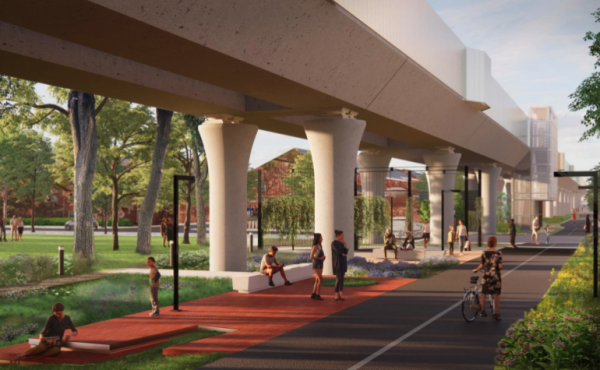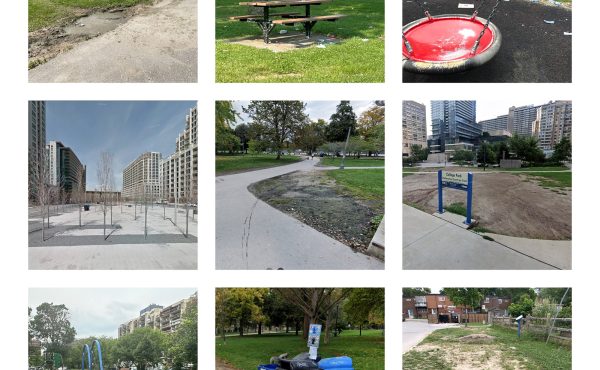
What is the public space conflict that arouses the most intense passions in the largest number of people? Is it cyclists versus motorists on our streets? Ads versus activists on our sidewalks? No — it’s children versus dogs in our city parks.
So it’s kind of understandable that the City’s economic development and parks committee decided to avoid dealing with this issue in the run-up to an election. Both parents and dog-owners are large constituencies who will happily punish a politician who displeases them. The committee instead decided more public consultation was needed in response to a staff report recommending proposed rules for creating off-leash areas in parks.
Still, it’s a decision that will have to be made eventually — the pressure for dog-running space is getting ever more intense as the city gets denser, and the best places for dog-running are the parks where children also play. But there really is a great potential for conflict — the only people more intense about their charges than dog-owners are the parents of young children. The staff report recommends neighbourhood solutions — and it’s true, solutions can only really work if everyone in the neighbourhood buys in — but that’s a process with a lot of potential for some nasty neighbour conflict. Perhaps the committee was right, and this issue really needs to be thought through as carefully as possible before a process is put in place.




4 comments
There’s no reason for this to be such a difficult issue, it could be dealt with in three simple steps: 1) a public education campaign to make people aware of the issues, 2) a consultation process, and 3) establishing a set of principles to be applied locally.
Much of the tension comes from the fact that dog owners (I’m one) and child owners aren’t aware of one another’s needs. For example, I don’t think many dog owners consider how dangerous it is to have a pack of dogs running close to children. A collision between a dog and a child (or adult for that matter) can result in pretty serious injury. (btw, if you take dog training classes, trainers generally frown on letting dogs gather in packs at parks and encourage socializing dogs with people, not so much with other dogs).
Other park users need to realize that dogs’ needs aren’t as great as has been established in some horrible cases. For example, Dog Hill at High Park is a worst case scenario of setting aside park space for dogs … everything about that site is wrong and it encourages the WORST dog park behaviours.
With the right strategy, dogs can enhance parks. Dog owners frequent parks at times — morning, evenings, winter — when they’re usually vacant. Any parks strategy should take advantage of the benefits.
It is a disgrace and a disservice to residents to postpone this because it is an election year. By that logic, they should never make a decision in their entire term cuz it may effect the personal outcome of a future election.
This is why politicians score so low on “trustworthiness” in those public polls.
Now, if the right policy is not in place, then delay the vote. But don’t do it so you don’t have to face the music of voters.
They should see how the City of Guelph dealt with it. They have parks with areas set aside for dogs to run and be.
Sean’s right – Guelph is a great example of how to deal with the issue. Exhibition Park, a sprawling park, just north of downtown, houses two baseball diamonds, a football/soccer field, and a playground. It’s full of athletes, children, people all the time. But it accommodates the areas many dog owners by having specified ‘leash-free’ hours. In the summer, before 9 a.m. and after 8 or 9 p.m., dogs are allowed to run loose. In the winter, since the park is used less by people, the hours are lengthened, and dogs can go leash-free after 6 p.m. Having residential parks that have specified leash-free times might be a good option.